The life and death of the world's tallest species of bird is the focus of a new book being published by Craig Potton Publishing this month.
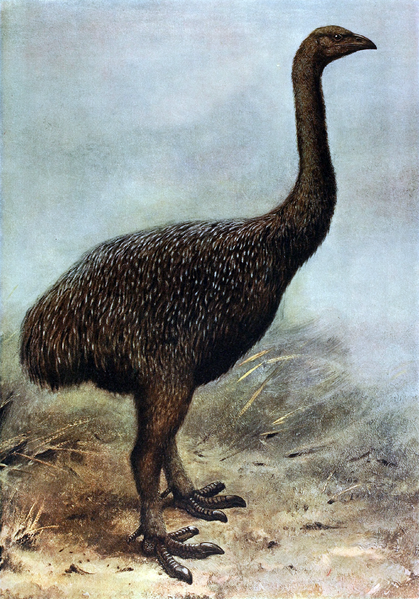
© Wikimedia CommonsRestoration of an Upland Moa, Megalapteryx didinus
'First we killed them, then we ate them, and then we forgot about them,' says Quinn Berentson, author of
Moa: The life and death of New Zealand's legendary bird. 'Human beings have not been kind to the moa, and the biggest insult is we've almost completely forgotten about them. Like most 'Kiwis' I realised I actually knew nothing about the really iconic and unique birds that made New Zealand famous around the world - the moa. Writing the book is my attempt to get the real story of the moa out there and remind us all what we lost.'
The moa are arguably the most unusual and unique family of birds that have ever lived but they became extinct reasonably quickly after the arrival of the Maori in New Zealand, and were a distant memory by the time European explorers arrived in the country. So the identification of their bones in the 1840s caused a worldwide sensation. 'The discovery was described at the time as "the zoological find of the century," and the surprising discoveries have persisted until the present day,' says Quinn.
'The moa has fascinated and bamboozled the finest minds in natural history for 170 years and so, rather than write an encyclopaedia, I've tried to tell the story of its rediscovery - with all the twists and turns, devious personalities and unlikely events - and summarize the latest scientific discoveries that have occurred in just the last few years and have totally changed our perception of the giant birds.
Basically almost everything we thought we knew about the moa has been turned on its head over the last 10 years because of advanced DNA analysis. It turns out for most of the last 170 years we had a totally mistaken view of what the birds looked like, how they lived and even where they lived. Now New Zealand scientists have finally solved many of the mysteries that baffled the best minds in natural science for the last century.'
'It's a serious book about a popular subject and will fill a real gap in our natural history literature,' says publisher Robbie Burton. 'It's a fascinating story and an important book that richly recounts and illustrates the life and death of the giant bird.
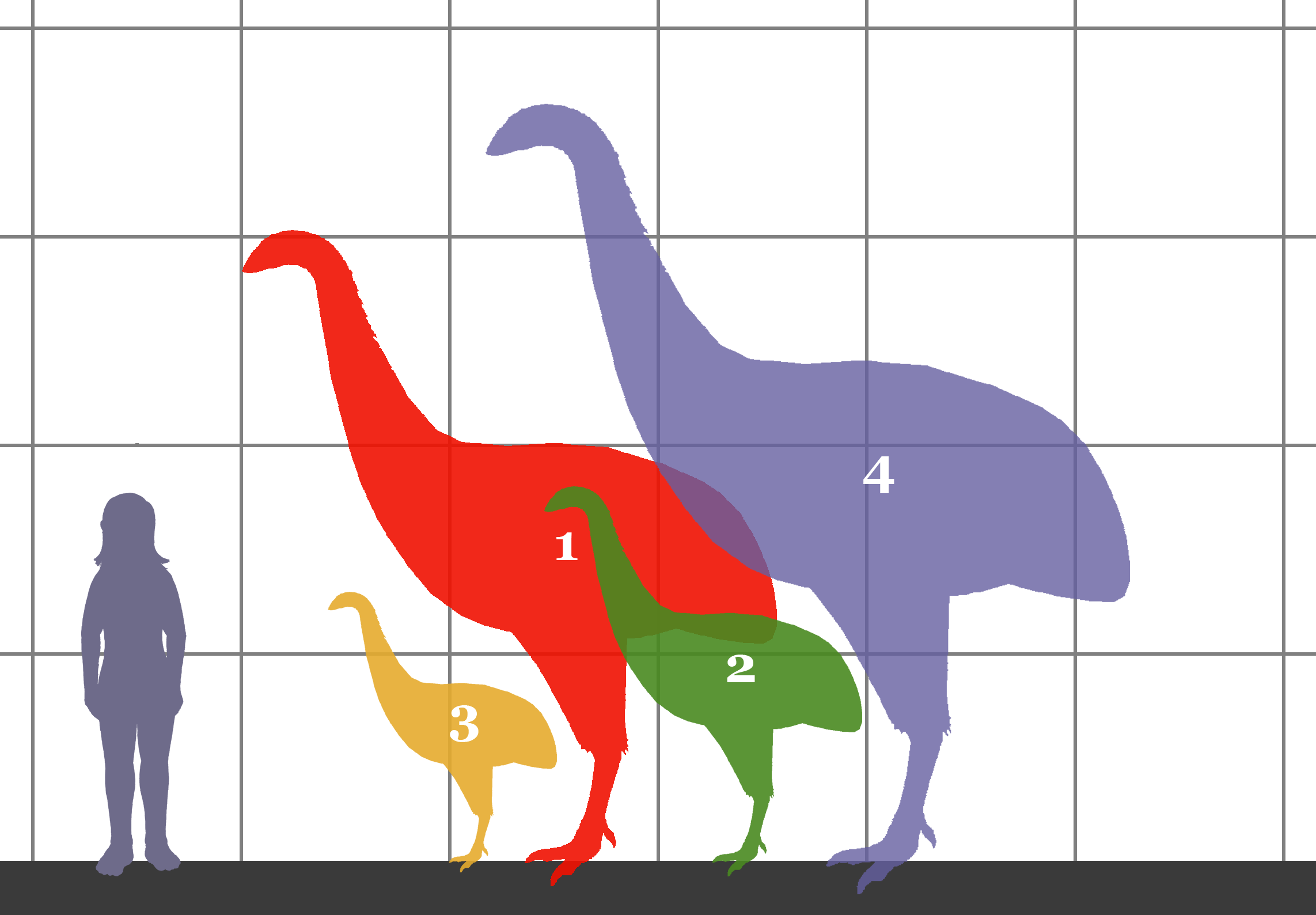
© Wikimedia CommonsEnglish: Size comparsion between 4 species of moa bird and a human. 1. Dinornis novaezelandiae (3 meters tall). 2. Emeus crassus (1.8 meters tall). 3. Anomalopteryx didiformis (1.3 meters). 4. Dinornis robustus (3.5 meters tall).
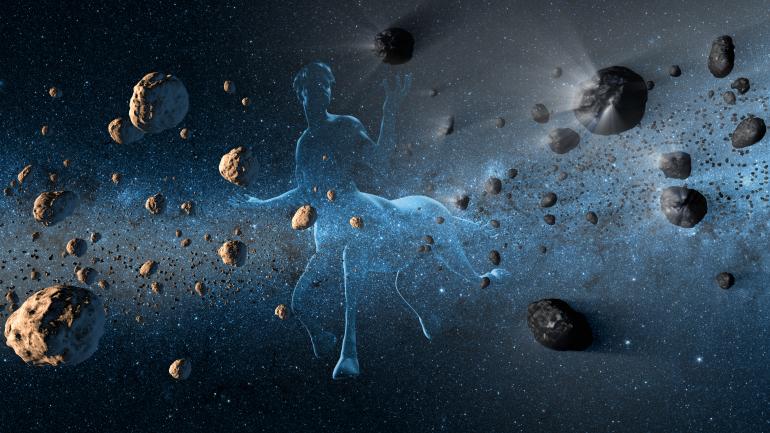
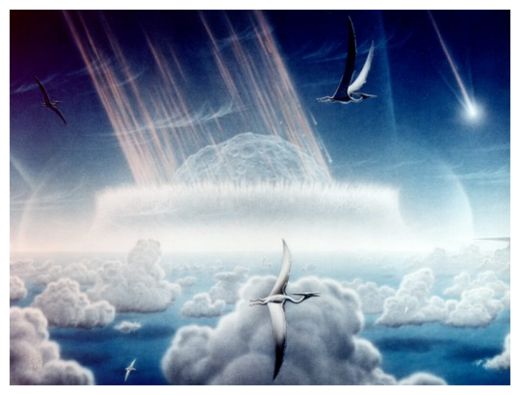
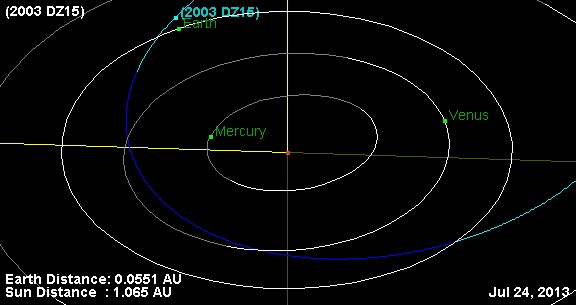
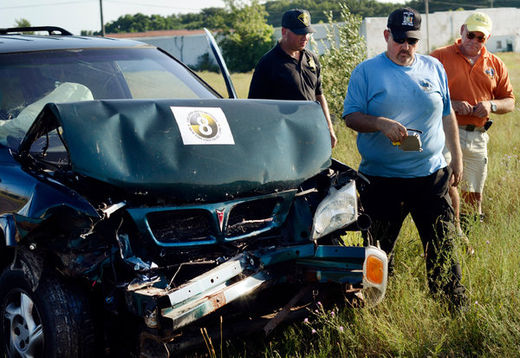
Comment: Again, we cannot emphasise strongly enough: psychopaths in prisons are a paltry sample compared with the overwhelming majority of psychopaths out there that have successfully 'adapted to' and utterly corrupted society from the top down.